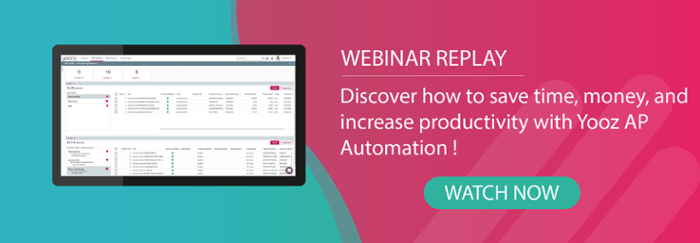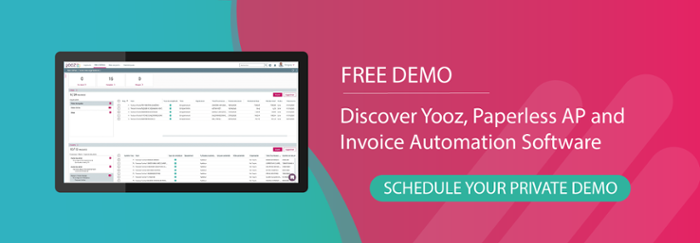Effectively navigating the fluctuating landscape of modern business necessitates a dedicated focus on operational efficiency. Within this landscape, the Purchase-to-Pay (P2P) or Procure to pay process process emerges as a pivotal avenue for companies aiming to streamline their operations.
This integrated approach to managing procurement and finances unfolds a range of benefits, specifically homing in on the refinement of accounts payable efficiency. Grasping the advantages woven into the fabric of a robust P2P system becomes instrumental in securing a leading position, amidst the complexities of the very demanding business landscape.
P2P Process: A Strategic Odyssey into Procurement Efficiency
The Purchase-to-Pay (P2P) process, also known as Procure-to-Pay, is a comprehensive business process that covers the entire cycle of procurement, from the initial requisition of goods or services to the final payment to the supplier.
It involves a series of interconnected steps aimed at streamlining and automating the procurement and payment processes within an company. The typical stages of the P2P process include requisition, sourcing, purchase order creation, goods or services receipt, invoice reconciliation, and payment.
This process transcends a conventional transactional routine, embodying a meticulously devised voyage that strategically aligns procurement practices, cultivates supplier relationships, and fortifies financial controls.
It entails an unwavering commitment to a continuous quest for improvement and excellence, where each stage contributes indispensably to the overall efficiency of the procurement lifecycle. The strategic importance of the P2P journey underscores its pivotal role in contemporary business.
Improving Accounts Payable Efficiency: The Pinnacle of Procure to pay process
At the core of the Purchase-to-Pay process lies the seamless integration of procurement and accounts payable functions.
This integration streamlines the entire purchasing lifecycle, from requisition to payment, ensuring a smoother and more controlled workflow. Here are some key benefits that businesses can reap by embracing the P2P process:
Streamlined procurement with purchase-to-pay process
A benefit stemming from the implementation of the Purchase-to-Pay (P2P) process lies in its capacity to streamline procurement operations. Through the P2P framework, businesses can achieve efficient sourcing practices and enhance the management of their supplier relationships.
The process facilitates a consolidated approach, allowing businesses to interact with suppliers more effectively, negotiate advantageous terms, and cultivate enduring partnerships.
With the P2P process, companies position themselves to not only optimize their sourcing strategies but also to foster stronger and more collaborative ties with their suppliers, ultimately contributing to overall operational efficiency and effectiveness.

Cost savings through strategic sourcing
The Procure-to-Pay process empowers businesses to execute strategic sourcing practices with precision. Through the effective use of data and analytics, organisations gain the ability to pinpoint suppliers offering cost-effective solutions. This insight enables them to engage in negotiations, securing more favourable deals that align with their financial objectives.
Additionally, the P2P process facilitates the consolidation of purchasing activities, streamlining procurement efforts and further contributing to significant cost savings.
As a result, businesses adopting P2P not only enhance their procurement efficiency but also achieve tangible financial benefits through a strategic and data-driven approach to sourcing.
Improved supplier relationships with procure to pay process
Efficient P2P systems foster stronger relationships with suppliers. Robust P2P systems facilitate the establishment of stronger ties through timely payments, precise invoicing, and streamlined communication channels, collectively contributing to a positive supplier experience.
This positive rapport lays the groundwork for more favourable negotiations, potential discounts, and an overall improvement in collaboration that benefits both parties involved. Embracing efficient P2P systems, therefore, extends beyond transactional efficiency, fostering a cooperative and mutually beneficial environment with suppliers.
Enhanced visibility and control
This process provides real-time visibility into the entire procurement cycle. Offering real-time insights, this process enables companies to monitor each stage of the purchasing journey, starting from the initial request through to the final payment.
This enhanced transparency not only provides a comprehensive view but also empowers businesses with greater control over their procurement operations. With this heightened control, organisations can proactively mitigate risks, minimize errors, and uphold compliance with regulatory requirements.
The implementation of P2P ensures not only a clearer view of the procurement landscape but also a more controlled and compliant operational environment.

Reduced processing time
AP Automation is a cornerstone of the P2P process. This pivotal component automates routine tasks such as invoice matching and approval workflows, resulting in a substantial reduction in overall processing time.
Beyond expediting the payment cycle, this efficiency boost empowers staff to redirect their focus towards more strategic and value-added activities. The integration of AP Automation into the P2P framework not only accelerates operational processes but also optimises human resources, enhancing the overall effectiveness of the business.
Data-Driven decision making with procure to pay process
The P2P process generates a wealth of data that can be leveraged for informed decision-making. The wealth of data generated throughout the P2P journey becomes a valuable resource for businesses seeking to make insightful choices.
Through a meticulous analysis of procurement data, organisations can glean valuable insights into spending patterns, evaluate supplier performance, and identify potential areas for enhancement. This data-driven approach becomes a catalyst, empowering businesses to formulate strategic decisions that positively influence their bottom line.
Therefore, within the realm of P2P, data emerges not merely as a byproduct but as a powerful tool driving precision and strategic acumen in decision-making processes.
Scalability and adaptability
Embracing the P2P process empowers companies to grow organically while maintaining the flexibility to adapt to evolving business landscapes. This approach not only fosters scalability but also ensures flexibility in adapting to evolving business landscapes. The intrinsic scalability within the P2P framework is a key feature, allowing seamless adjustments in procurement and financial operations as businesses expand.
Such adaptability accommodates heightened demands and complexities, sustaining operational efficiency even in the face of growth. Beyond mere expansion, this adaptability positions businesses to navigate changes in market dynamics with unparalleled agility and resilience, solidifying the P2P process as a cornerstone for strategic evolution.

Tailoring P2P process
Understanding the nuances of implementing a Purchase-to-Pay process is crucial. Compliance with local regulations, understanding market trends, and adapting to the unique characteristics of businesses landscapes are essential considerations. Moreover, the Procure to pay process aligns seamlessly with the UK's commitment to fostering efficiency and transparency in business operations.
The Purchase-to-Pay process goes beyond just improving accounts payable efficiency. It is a strategic move that can revolutionize the way businesses conduct procurement, drive cost savings, and enhance overall operational effectiveness.
As businesses in the UK navigate the complexities of today's marketplace, integrating P2P into their operations becomes not just a choice, but a necessity for sustained success.








